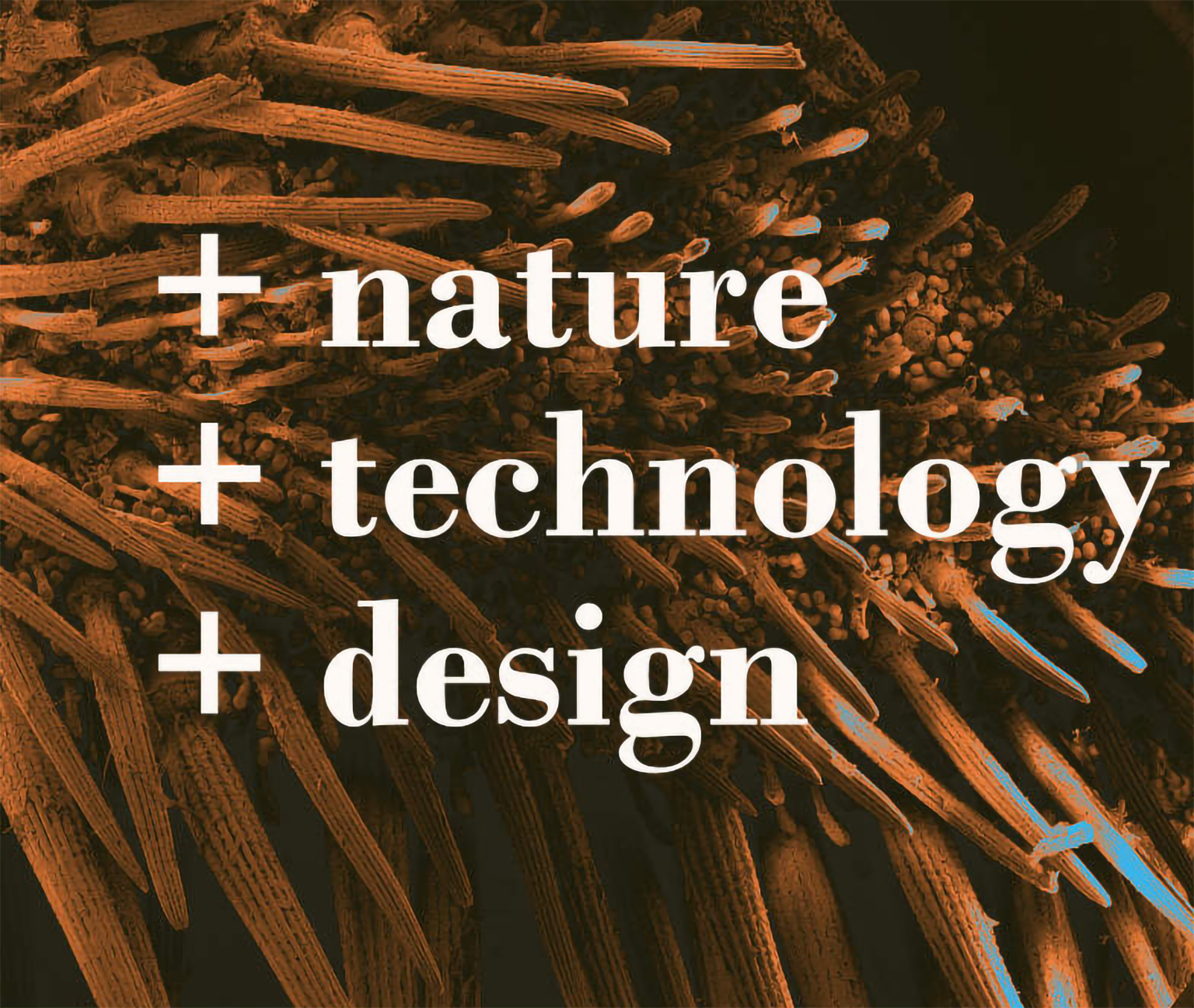hybrid
design lab
design innovation through biosciences

philosophy
Hybrid Design Lab is a research, project and teaching laboratory dedicated to bio-inspired design and to the mutual relationship between design and science, founded and coordinated by Carla Langella, professor of Design at the University of Naples Federico II. The main objective of the lab is to transfer theoretical and experimental research developed in the fields of biosciences to the design of innovative and sustainable, bridging the gap between life science research and society.
In the Hybrid Design Lab, therefore, the scenario arising from new and unprecedented perspectives of intersection between scientific knowledge and design culture is investigated. All the experimental and research HDL projects are aimed to bring the dimension of cutting-edge scientific research closer to the current needs of people.
The theoretical foundations of HDL are based on the awareness that the evolution of the industrial product scenario proceeds in the direction of composite, multi-functional, interactive, reactive and changeable artifacts, because of to the complexification of technologies, materials and lifestyles. As a result design products are more and more similar to biological systems for their characteristics and functionality. Tools, strategies and methods of design and production that adhere to this complexity must, therefore, refer to the most relevant bio-sciences knowledge in order to support this evolutionary path.
The laboratory was founded in 2006 at the Second University of Naples and had its operative and exhibition premises at the Incubator of Città della Scienza in Naples from 2012 to 2022.
new exhibition

The exhibit and conference
The Echinodesign exhibition, cured by Hybrid Design Lab was held at Città della Scienza in Naples from February to October 2022. The exhibition was an international opportunity to investigate the relationship between design and science from the perspective of biomimicry, a discipline that deals with drawing inspiration from principles, logic, morphologies and structures observed in nature.
The exhibition included design-oriented products and artistic and scientific installations developed by invited creatives and scientists who interpreted the theme of echinoids through different visuals, drawing inspiration from their biological characters and the opportunities for transferring principles and models into the fields of design and art.
The products have been produced in collaboration with project partner companies. The exhibition opening was accompanied by international seminars and workshops on the topics of biomimicry and sustainable innovation.
our projects

auxetic
neckbrace
postural collar with auxetic structure
A postural collar with an auxetic structure, aimed at safeguarding the wellbeing of the neuromuscular system of the cervical spine. It has a preventive purpose because it dissuades the wearer from keeping the head tilted forward, as the use of hand-held devices would lead one to do; but it can also have a therapeutic function for cervical pathologies with non-serious alterations because it lightly supports the chin by partially unloading the neck muscles from the mechanical stresses associated with supporting the head.

cyr -
care in
your ring
design, biomimetics and digital for wellbeing
CYR – Care in your ring, is a kit of rings designed for the rehabilitation of the muscular and lymphatic system of the face, caused by facial paralysis, viral pathologies or skin ageing. The kit consists of a base (ring hull) and several heads, each characterised by a different colour and texture designed to perform a specific movement on the face.
discover other projects
ultime
pubblicazioni
design
e scienza
Langella C., Design e Scienza, ListLab, 2019. ISBN: 9788832080070
Nell’ultimo decennio il panorama del design internazionale ha visto affermarsi un nuovo scenario fondato sulla contaminazione tra design e scienza. L’evoluzione delle conoscenze scientifiche e degli strumenti di indagine del mondo fisico procede con una velocità esponenziale.
Molte delle conquiste in ambito scientifico costituiscono delle rivoluzioni che impattano profondamente sul modo di vivere delle persone, sulle loro opinioni e scelte. Il design è chiamato a dare forma ai cambiamenti indotti dalla scienza, per trasmetterli alla società mediante immagini, oggetti, dispositivi comunicativi, espressioni critiche e interpretazioni, elaborati con linguaggi appropriati ai target a cui si rivolgono, che possano consentire alle persone di metabolizzare e implementare i nuovi mondi possibili.
Questo testo illustra le opportunità e le esperienze di contaminazione tra design e scienza ma anche i limiti e gli equivoci correlati a questi fenomeni, che inducono una trattazione dell’argomento rigorosa ed approfondita affinché questi scenari possano divenire realmente territori di evoluzione e di innovazione per entrambe le dimensioni.